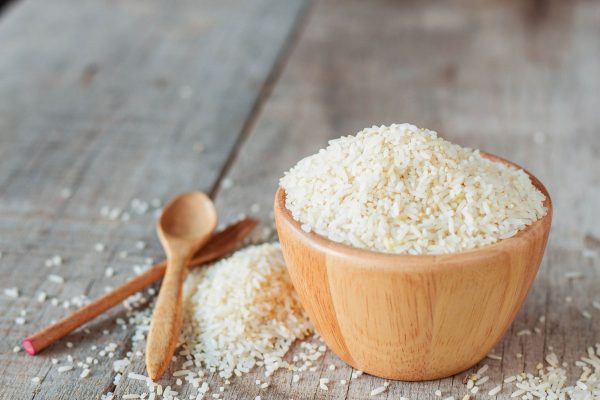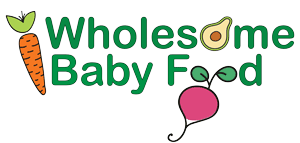 Arsenic in Rice
Arsenic in Rice
In light of the recent arsenic in rice scare, many parents are once again in a panic over whether they should feed their babies commercial rice cereal. Arsenic in rice has been a known issue for many years and it likely will be an ongoing one.
Why is there arsenic in rice?
Arsenic in rice occurs for a variety of reasons. Arsenic may be in the soil or in the water that the rice is grown in and these elements are very difficult to avoid. Southern grown rice tested higher and it is thought that this is because the rice fields that once grew cotton were heavily sprayed with a pesticide that contained arsenic (since banned in 2009).
How to limit exposure to arsenic in rice
The best way to limit exposure to arsenic in rice is to rinse all types of rice with water, avoid rice syrup sweeteners and more importantly, don’t offer babies rice cereal as a staple in their diets. Try to avoid rice that is grown in the Southern US and you’ll avoid or limit the arsenic that may be in your rice. Rice from California is said to have the lowest concentration of arsenic so it is a good idea to source your dietary rice from California when possible.
Commercial rice cereals tested high for arsenic levels across all brands; the arsenic levels were 10 times higher than the limit allowed in drinking water.
Rice as a first food for babies
For more than a century rice cereal, or some form of creamy rice, has been recommended as the ideal first food for a baby. Three of the reasons that this recommendation endures is because a) rice is at the bottom of the allergy list and b) rice cereal is relatively easy for a baby to digest. The third reason for the time honored recommendation is that c) commercial rice cereal is fortified with vitamins and minerals such as iron.
As noted by Dr. Frank Greer, a member of the [AAP] American Academy of Pediatrics’s Committee on Nutrition, in an AAP paper published in November of 2009, “There is no good reason not to introduce meats, vegetables, and fruits as the first complementary foods.” According to Dr. Greer, “Rice cereal is a less than perfect choice for the first complementary food given to infants. Rice cereal is low in protein and high in carbohydrates.”
Make homemade baby cereals with a variety of grains
Make your baby homemade cereals using whole grains and seeds. You can try quinoa, oatmeal, barley, millet, kamut, buckwheat and pasta (pastina for babies is a great cereal alternative to rice).
? And remember, rice cereal does not have to be baby’s first solid food. With your pediatrician’s ok, your baby should be able to enjoy avocado, banana, sweet potato or even butternut squash as a delicious first food alternative.
